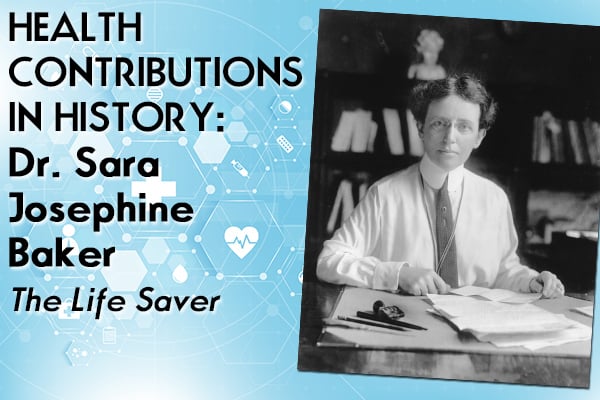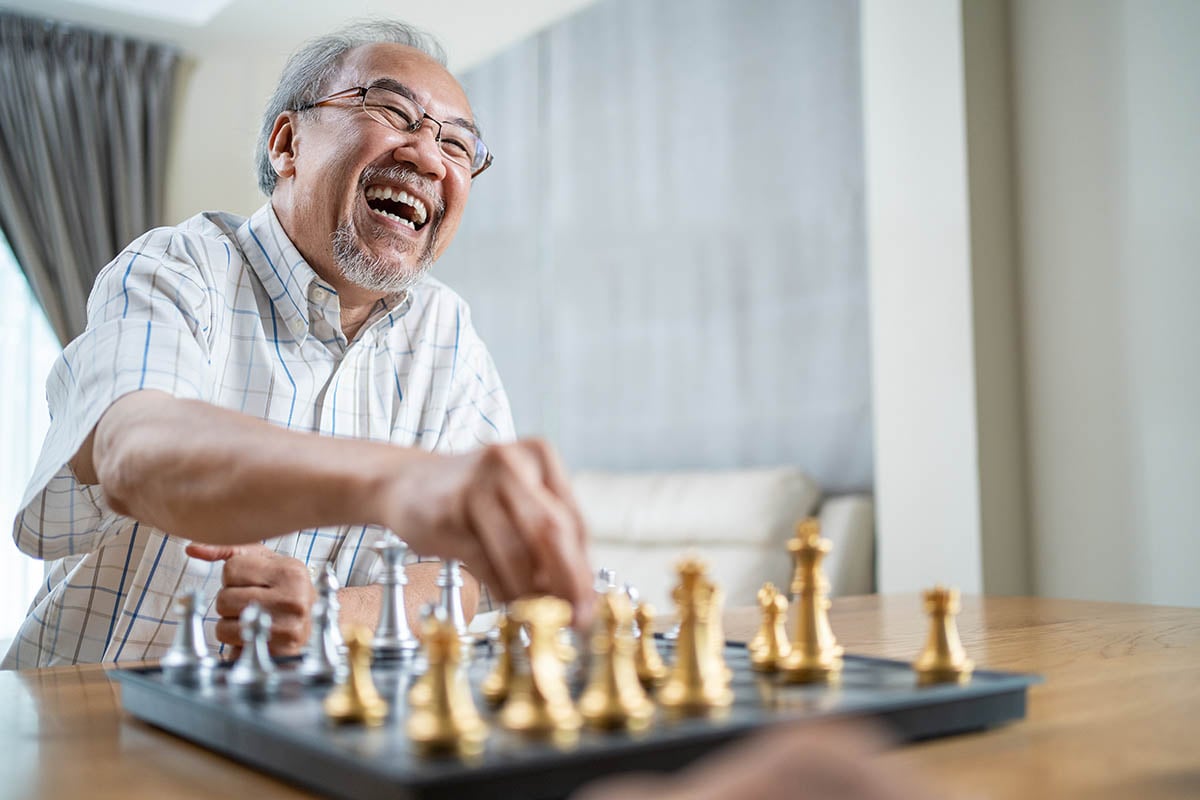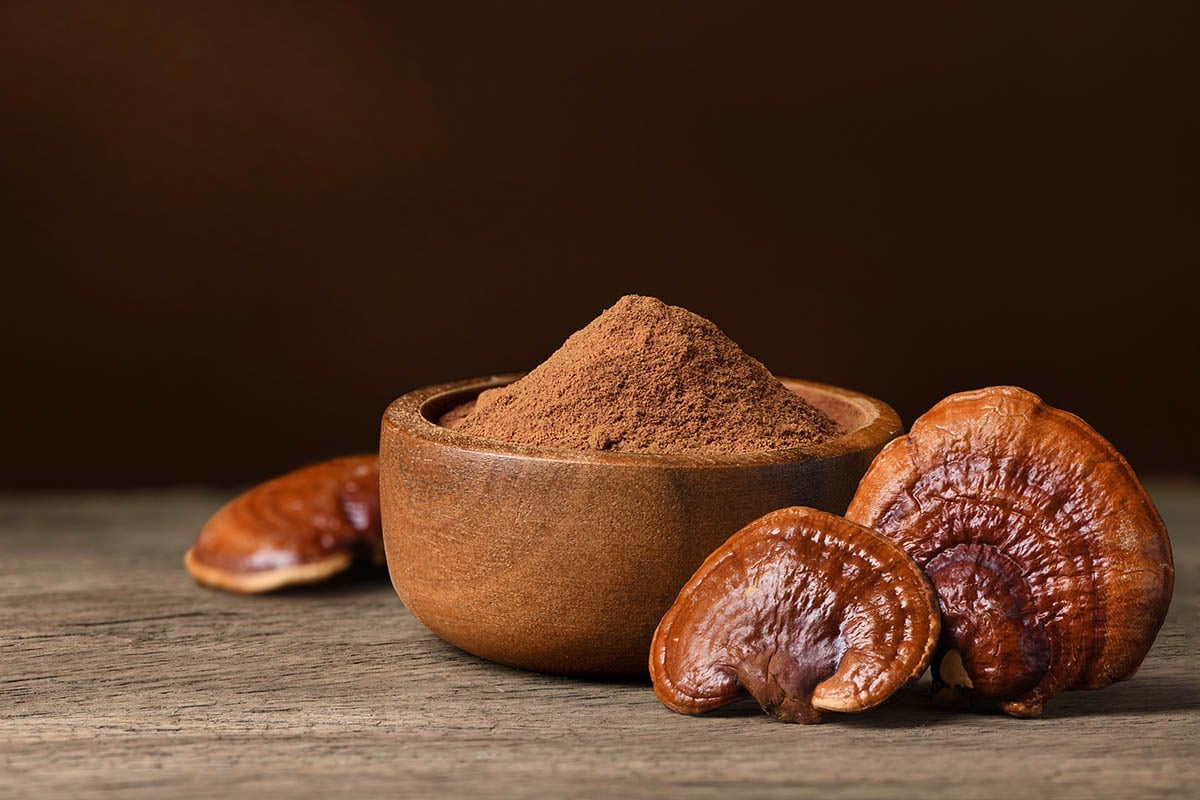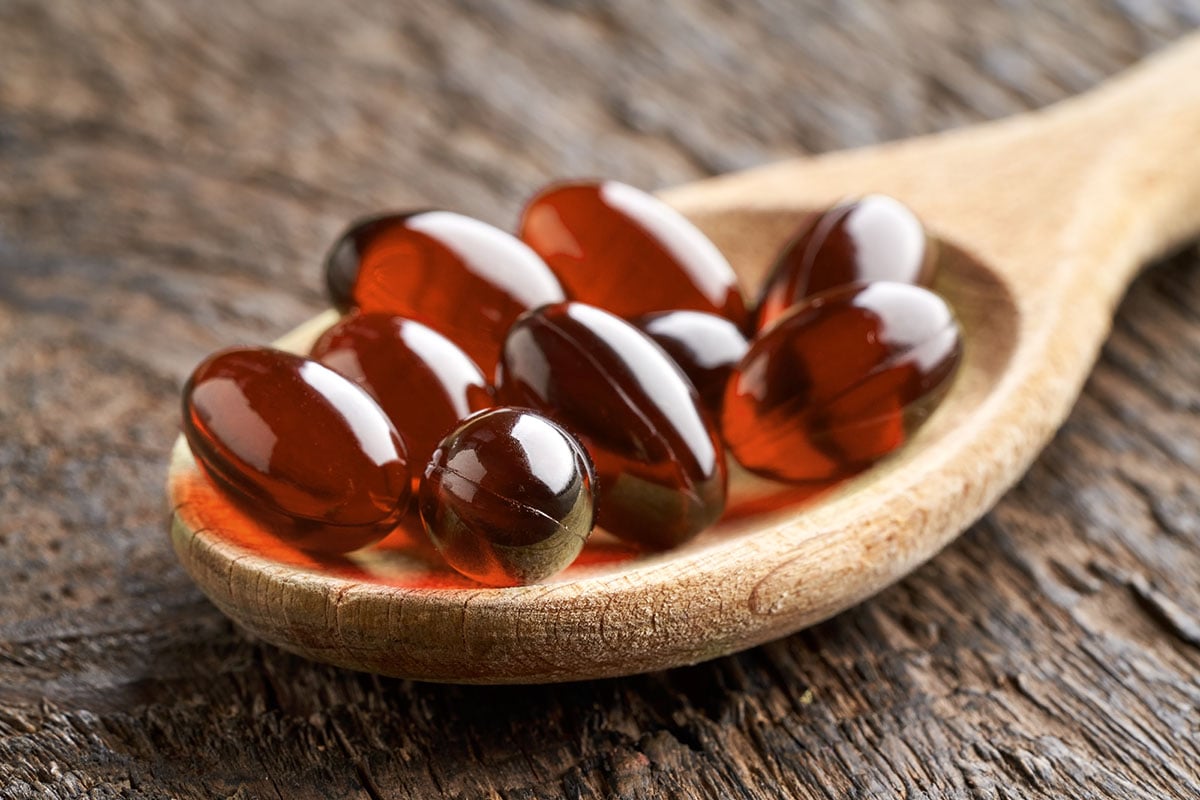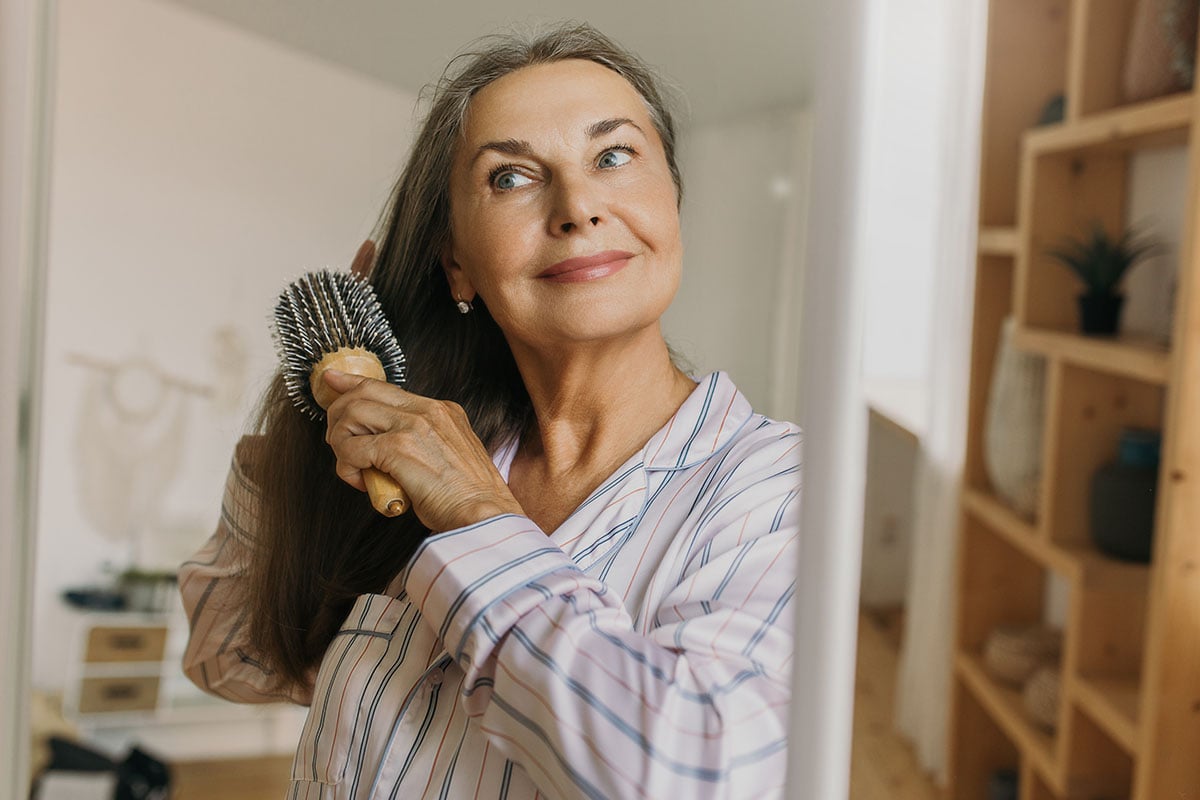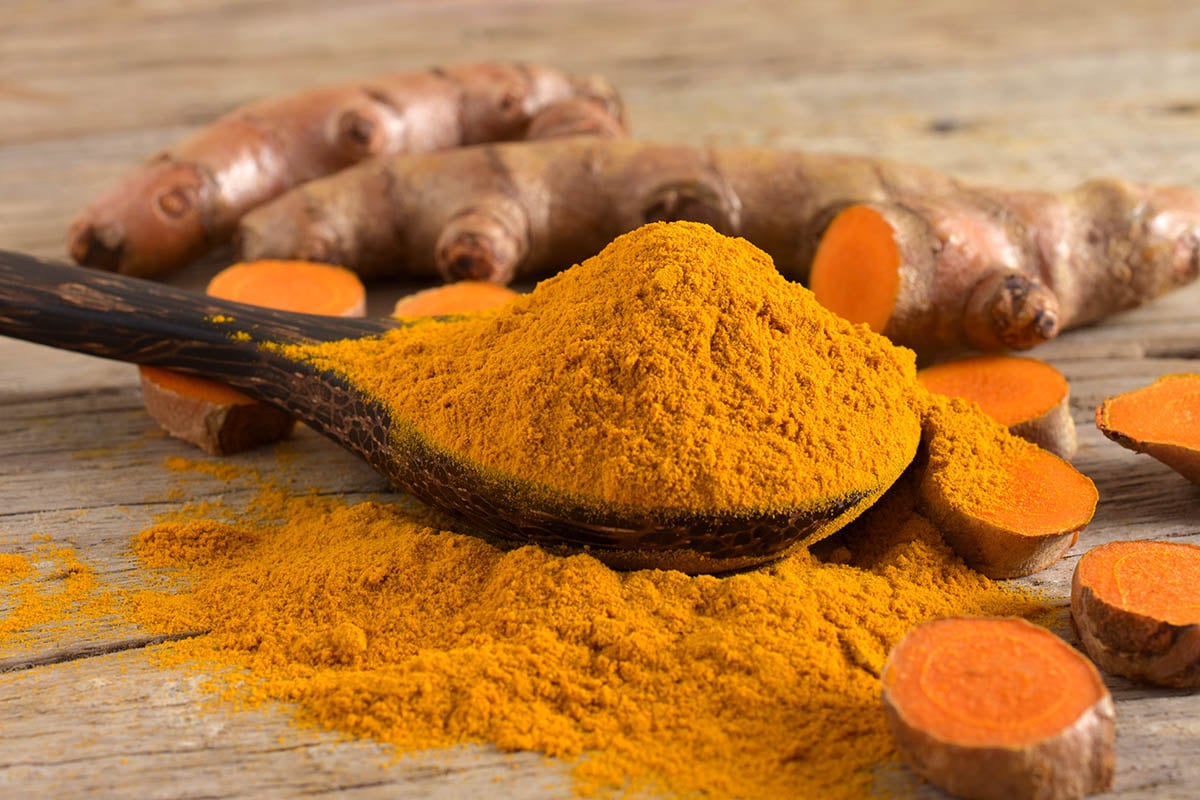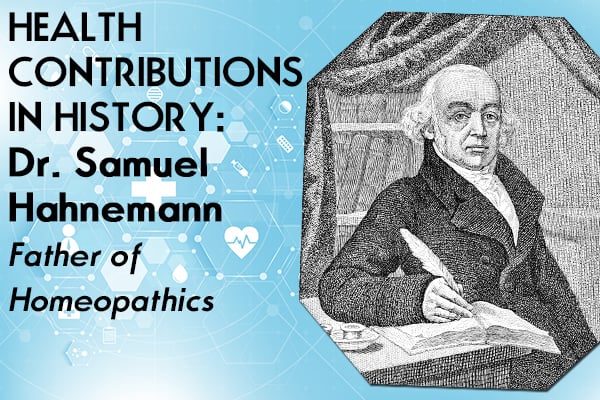
It’s 1781. You’ve just described your symptoms, and after careful consideration, your doctor announces your prognosis, “You have a cold.” To alleviate your suffering, he intends to nick an artery in your forearm and drain several pints of blood from your body. While you process this news, your practitioner tells you that you also have gonorrhea, which he plans to treat by applying leeches – and you’ll never guess where.
This scenario might seem like a bit from a Monty Python movie, but treatments like bloodletting and leeches were part of every orthodox physician’s standard playbook in the not-too-distant past.
During this era, in the latter part of the 18th century, a young Doctor found himself in a conundrum; practice this dangerous, harrowing medicine against all good conscience or quit the medical field altogether.
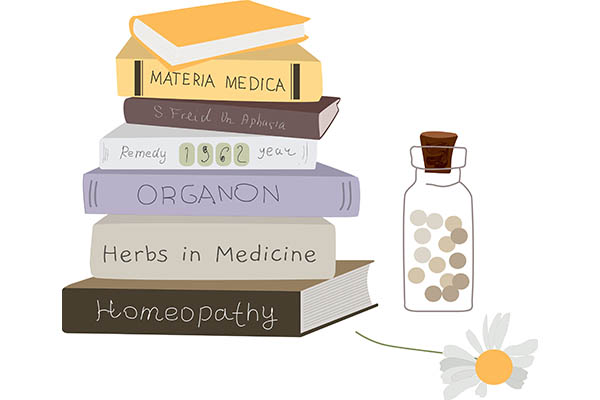
Meet Dr. Samuel Hahnemann
Dr. Samuel Hahnemann was one of the physicians who broke from static and often dangerous practices to create treatments based on scientific discovery and observation.
Born into the middle-class in 1755 in Meissen, Germany, young Hahnemann had a talent for science and languages, and by the time he reached adulthood, he was fluent in English, French, Greek, and Latin.
He began his studies at the University of Leipzig in 1775, where he put his talent for languages to work translating medical books to help cover his mounting expenses. He later moved to Vienna to gain valuable clinical experience, and then in 1779, he transferred to Erlangen to complete his studies.
In 1781, Hahnemann, now a doctor, took a position in a small copper mining village where he came to loath many aspects of his profession – particularly the practice of bloodletting, which was a popular treatment for a wide array of ailments at the time.
Consumed by guilt as he witnessed the adverse effects that many “modern” treatments exacted on his patients, he lamented that by using these methods, he was doing more harm than good.
By 1783, just a short time after marrying his first wife, Johanna Henriette Kuchler, Samuel gave up his practice altogether and made translating books his profession.
This voluntary pay cut soothed the young doctor’s troubled conscience, but it also created a period of hardship for Samuel and his young family. Determined to provide for his brood (which would swell to include eleven children), he worked to build a reputation as an esteemed translator and chemist in his own right. His work translating textbooks exposed him to a tremendous expanse of therapeutic content, and it was with this breadth of knowledge that he began to compare and challenge the ideologies of the day.
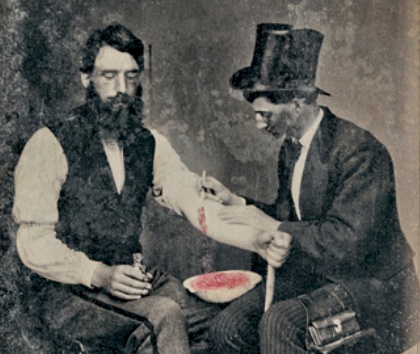
The Birth of Homeopathic Therapies
While translating a section of text in 1791, Dr. Hahnemann doubted the author’s conclusion that Cinchona (quinine) from the bark of a Peruvian tree was effective for the treatment of Malaria because of its “bitter taste and astringency.” If that was true, he wondered, why then didn’t all bitter, astringent substances treat Malaria?
He decided to conduct an experiment, and over several days, took small doses of Cinchona and recorded his observations. The drug created symptoms that were strikingly like those caused by Malaria. This led him to hypothesize, “that which can produce a set of symptoms in a healthy individual, can treat a sick individual who is manifesting a similar set of symptoms,” or “like cures like,” which became the principal idea behind a new movement which he would name Homeopathics.
Using himself, his numerous children, and volunteers as test subjects, Dr. Hahnemann went on to test hundreds of plants and substances and their corresponding symptoms, which he cataloged to create a drug picture, or Materia Medica.
In 1810, Dr. Hahnemann published his ideas in the Organon of the Art of Healing, a doctrine that would challenge old school practices and spread like wildfire throughout Europe and the United States.
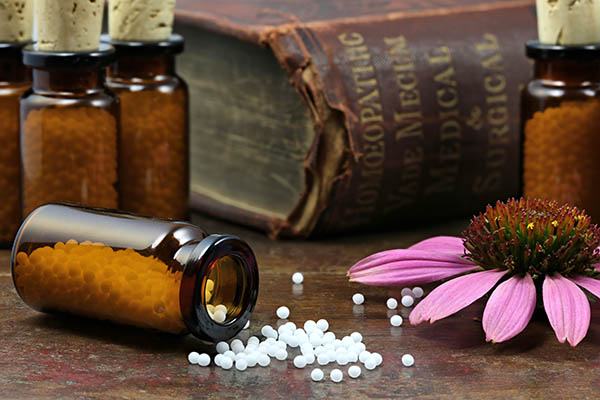
“Like Cures Like”
The word Homeopathic originates from the Greek word “homeo,” which means “Like,” and “Pathos,” which means “suffering.” The idea of “like curing” wasn’t exactly a new theory; Hippocrates was the first to raise the notion in the days of ancient Greece. However, it was Dr. Samuel Hahnemann who brought the concept into modern times.
After carefully interviewing a patient to gain a picture of their overall health, a homeopathic practitioner pairs the patient’s complaints, in totality, with the Materia Medica that most closely resembles the patient’s symptoms. This pairing of Like Cures Like intends to stimulate the body’s natural ability to heal.
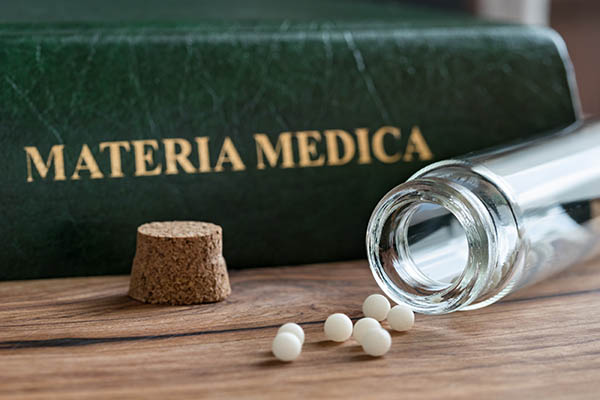
The Critics
The number of critics of Homeopathic treatments grew almost as rapidly as its popularity. The most prominent opponents were apothecaries whose profits were threatened by the growing market for these less expensive remedies. And as medical schools adopted homeopathic ideas into their curriculums, orthodox, old-school doctors lent their voices to the rising rebellion as they fought to maintain the status quo.
Through all this opposition, the proponents of this new, alternative treatments pushed forward through the 1800s. By the beginning of the 20th century, Homeopathic remedies had become established in the United States, with 100 homeopathic hospitals, 22 homeopathic schools, and more than 1,000 homeopathic pharmacies.
Today, homeopathic treatments are experiencing a resurgence in popularity by both homeopathic practitioners and physicians to complement modern therapies.
Thanks to Dr. Hahnemann…
By challenging the established norms, visionaries like Dr. Samuel Hahnemann helped usher in a new era of discovery and research.
Now, for instance, if you feel a cold or a virus coming on, rather than calling for a bloodletter, you’d take steps to strengthen your immune system to reduce the spread of infection safely.
To ensure your immune system is getting all of the nutrients it needs to function fully, consider taking a comprehensive immune system support supplement like Dynamic Immunity.
Dynamic Immunity combines critical nutrients – Vitamins C, E, B6, L-Glutamine, and Zinc – in one dosage to help support your body’s natural defense system. It also includes Echinacea, Elderberry, Turmeric, and Garlic – powerhouse antioxidants shown to boost immune system cell and antibody activity.
If you do ultimately feel a cold or flu coming on, double your dosage of Dynamic Immunity. It will help accelerate your body’s return to health by boosting your capacity to fight off infections.
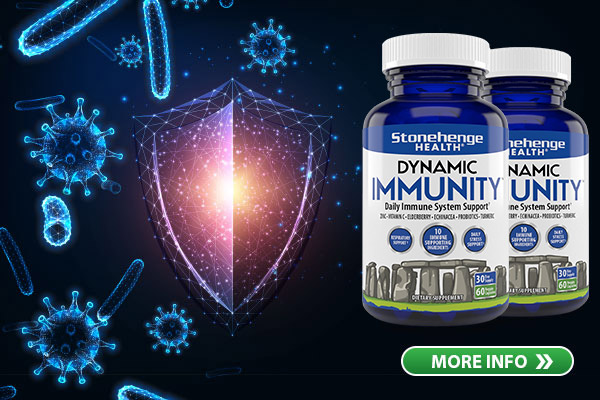
Sources:
1. (Medical news Today, Maria Cohut, Ph.D, November 16, 2020).
2. History.com, Jennie Cohen, A brief History of Bloodletting, August 29, 2018
3. Homeoint.org/morrell/articles/biohahnemann.htm
4. Guides.library.nymc.edu/ChristianHahnemann


